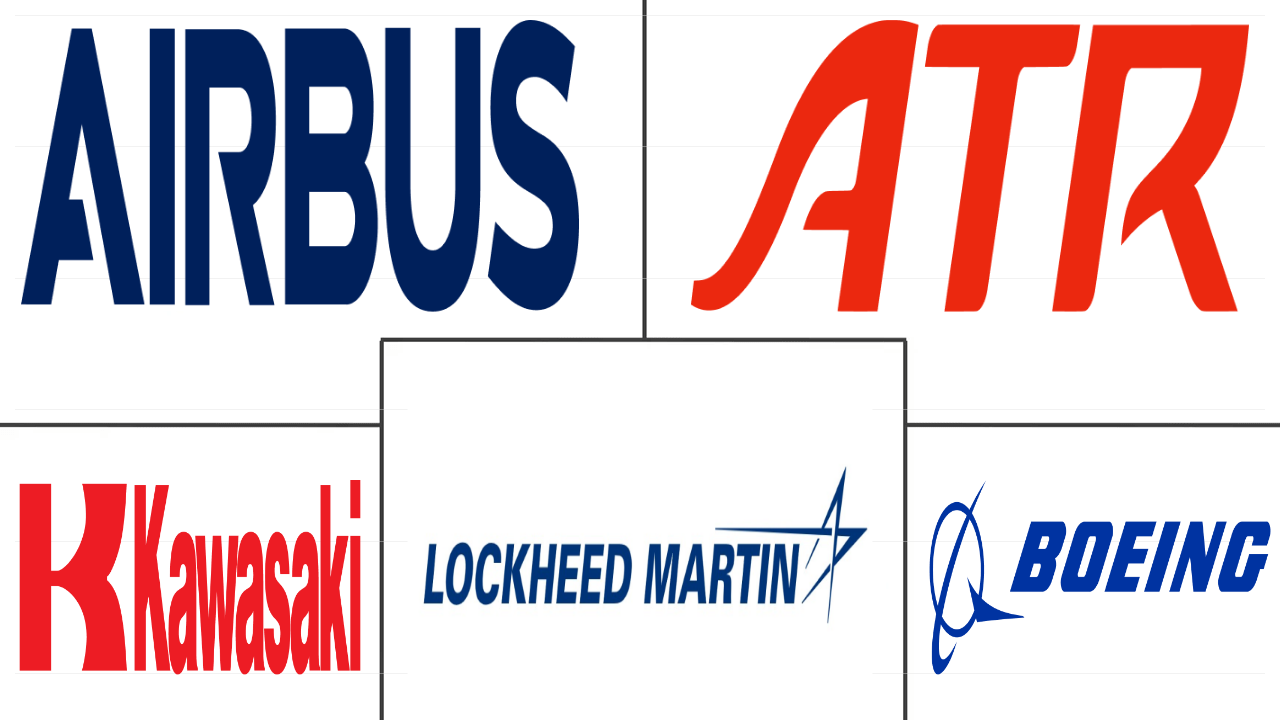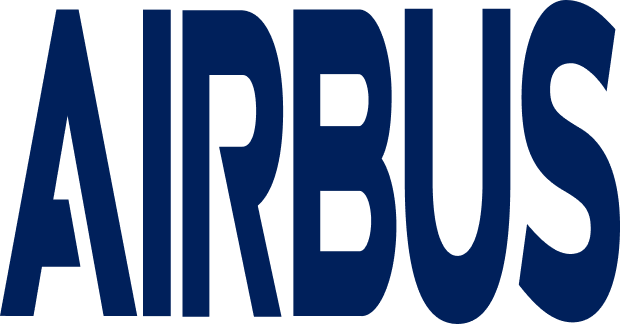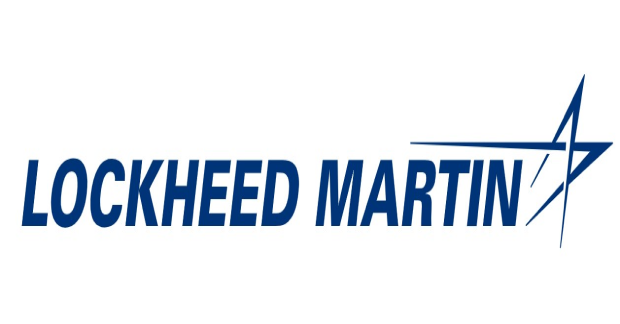Market Size of japan aviation Industry
| Icons | Lable | Value |
|---|---|---|
|
|
Study Period | 2017 - 2030 |
|
|
Market Size (2024) | USD 7.07 Billion |
|
|
Market Size (2030) | USD 13.83 Billion |
|
|
Largest Share by Aircraft Type | Commercial Aviation |
|
|
CAGR (2024 - 2030) | 11.82 % |
|
|
Fastest Growing by Aircraft Type | Commercial Aviation |
|
|
Market Concentration | Medium |
Major Players |
||

|
||
|
*Disclaimer: Major Players sorted in no particular order |
Japan Aviation Market Analysis
The Japan Aviation Market size is estimated at 7.07 billion USD in 2024, and is expected to reach 13.83 billion USD by 2030, growing at a CAGR of 11.82% during the forecast period (2024-2030).
7.1 B
Market Size in 2024 (USD)
13.8 B
Market Size in 2030 (USD)
672
Total Deliveries in the Historic Period (2017-2023)
990
Total Deliveries during the Forecast Period (2024-2030)
Largest Market by Aircraft Type
58.08 %
value share, Commercial Aviation, 2023
Increasing air passenger traffic and its recovery to pre-pandemic levels, coupled with the replacement of existing aircraft with advanced sustainable aircraft, are driving the commercial aviation market.
Largest Market by Sub-Aircraft Type
58.08 %
value share, Passenger Aircraft, 2023
The increasing international reach of the country's airlines to match ongoing passenger traffic is anticipated to drive the market during 2024-2030.
Leading Market Player
32.08 %
market share, Airbus SE, 2022

The company provides an extensive range of products across the commercial, military, and general aviation sectors through Airbus, Airbus Helicopters, and Airbus Defence and Space.
Second Leading Market Player
25.47 %
market share, Lockheed Martin Corporation, 2022

The company's ability to provide its most advanced fighter jets with superior lethality, connectivity, and survivability is driving it to capture a market share.
Third Leading Market Player
12.85 %
market share, Kawasaki Heavy Industries, Ltd., Ltd.

Several types of aircraft across the commercial, military, and general aviation sectors are being offered by the company, which is encouraging it to be a third-leading player.
The commercial aviation segment is expected to dominate the market in Japan due to rising demand for air travel
- The commercial aviation industry, comprising airlines and their supply chains, is estimated to contribute USD 72.1 billion to Japan's GDP during the forecast period. In addition, inputs to the air transport sector and foreign tourists coming by air support are expected to contribute 2.4% of the country's GDP.
- Japan is one of the world's strongly growing commercial aviation markets, despite the COVID-19 pandemic impacting the region's commercial airline industry. The recovery of passenger traffic is anticipated to aid in the revival of Japan's commercial aviation industry. Japan witnessed a total increase of 139% in air passenger traffic in 2021. The rise in passenger traffic is attributed to ease in border restrictions.
- Factors such as the increasing number of high-net-worth individuals, training schools, the government's focus on developing business jet infrastructure, and deregulation activities are expected to drive the growth of general aviation in Japan during the forecast period. Charter operators in the country are constantly expanding their routes and are adding new aircraft to their fleets, driven by the growing need for non-scheduled business travel. This has helped the demand for business jets and turboprops in Japan. On the other hand, the demand for light sport and trainer aircraft remained high, contributing to the growth of the general aviation fleet.
- Japan's Defense Ministry proposed a budget for fiscal 2022 of more than USD 49.3 billion at the beginning of 2021, which is a record and potentially exceeds the long-standing cap of 1% of GDP. By 2027, Japan might be the world's third-largest defense spender, after only the United States and China.
Japan Aviation Industry Segmentation
Commercial Aviation, General Aviation, Military Aviation are covered as segments by Aircraft Type.
- The commercial aviation industry, comprising airlines and their supply chains, is estimated to contribute USD 72.1 billion to Japan's GDP during the forecast period. In addition, inputs to the air transport sector and foreign tourists coming by air support are expected to contribute 2.4% of the country's GDP.
- Japan is one of the world's strongly growing commercial aviation markets, despite the COVID-19 pandemic impacting the region's commercial airline industry. The recovery of passenger traffic is anticipated to aid in the revival of Japan's commercial aviation industry. Japan witnessed a total increase of 139% in air passenger traffic in 2021. The rise in passenger traffic is attributed to ease in border restrictions.
- Factors such as the increasing number of high-net-worth individuals, training schools, the government's focus on developing business jet infrastructure, and deregulation activities are expected to drive the growth of general aviation in Japan during the forecast period. Charter operators in the country are constantly expanding their routes and are adding new aircraft to their fleets, driven by the growing need for non-scheduled business travel. This has helped the demand for business jets and turboprops in Japan. On the other hand, the demand for light sport and trainer aircraft remained high, contributing to the growth of the general aviation fleet.
- Japan's Defense Ministry proposed a budget for fiscal 2022 of more than USD 49.3 billion at the beginning of 2021, which is a record and potentially exceeds the long-standing cap of 1% of GDP. By 2027, Japan might be the world's third-largest defense spender, after only the United States and China.
| Aircraft Type | |||||||||||||||||||
| |||||||||||||||||||
| |||||||||||||||||||
|
Japan Aviation Market Size Summary
The Japan aviation market is poised for significant growth, driven by a robust recovery in commercial aviation and increasing demand in general aviation. Despite the challenges posed by the COVID-19 pandemic, Japan's commercial aviation sector is rebounding, supported by a surge in passenger traffic as border restrictions ease. The market is further bolstered by the rise in high-net-worth individuals, government initiatives to enhance business jet infrastructure, and deregulation efforts. These factors are fueling the expansion of charter operations and the demand for business jets and turboprops. Additionally, the strategic location of Japan in the Asia-Pacific region continues to attract international travel, contributing to the growth of the aviation market.
In the defense sector, Japan's significant increase in military spending reflects its strategic response to regional security threats, particularly from China, North Korea, and Russia. This has led to substantial investments in military aircraft, including a major procurement of F-35 combat aircraft and transport helicopters. The aviation market in Japan is moderately consolidated, with key players like Airbus SE, Lockheed Martin, and Boeing playing pivotal roles. The market's growth trajectory is supported by ongoing contracts and collaborations, such as Boeing's delivery of KC-46A Pegasus tankers and Bell Textron's agreements for helicopter sales. These developments underscore the dynamic nature of Japan's aviation industry, with both commercial and defense sectors contributing to its expansion.
Japan Aviation Market Size - Table of Contents
-
1. MARKET SEGMENTATION (includes market size in Value in USD and Volume, Forecasts up to 2030 and analysis of growth prospects)
-
1.1 Aircraft Type
-
1.1.1 Commercial Aviation
-
1.1.1.1 By Sub Aircraft Type
-
1.1.1.1.1 Freighter Aircraft
-
1.1.1.1.2 Passenger Aircraft
-
1.1.1.1.2.1 By Body Type
-
1.1.1.1.2.1.1 Narrowbody Aircraft
-
1.1.1.1.2.1.2 Widebody Aircraft
-
-
-
-
-
1.1.2 General Aviation
-
1.1.2.1 By Sub Aircraft Type
-
1.1.2.1.1 Business Jets
-
1.1.2.1.1.1 By Body Type
-
1.1.2.1.1.1.1 Large Jet
-
1.1.2.1.1.1.2 Light Jet
-
1.1.2.1.1.1.3 Mid-Size Jet
-
-
-
1.1.2.1.2 Piston Fixed-Wing Aircraft
-
1.1.2.1.3 Others
-
-
-
1.1.3 Military Aviation
-
1.1.3.1 By Sub Aircraft Type
-
1.1.3.1.1 Fixed-Wing Aircraft
-
1.1.3.1.1.1 By Body Type
-
1.1.3.1.1.1.1 Multi-Role Aircraft
-
1.1.3.1.1.1.2 Training Aircraft
-
1.1.3.1.1.1.3 Transport Aircraft
-
1.1.3.1.1.1.4 Others
-
-
-
1.1.3.1.2 Rotorcraft
-
1.1.3.1.2.1 By Body Type
-
1.1.3.1.2.1.1 Multi-Mission Helicopter
-
1.1.3.1.2.1.2 Transport Helicopter
-
1.1.3.1.2.1.3 Others
-
-
-
-
-
-
Japan Aviation Market Size FAQs
How big is the Japan Aviation Market?
The Japan Aviation Market size is expected to reach USD 7.07 billion in 2024 and grow at a CAGR of 11.82% to reach USD 13.83 billion by 2030.
What is the current Japan Aviation Market size?
In 2024, the Japan Aviation Market size is expected to reach USD 7.07 billion.

